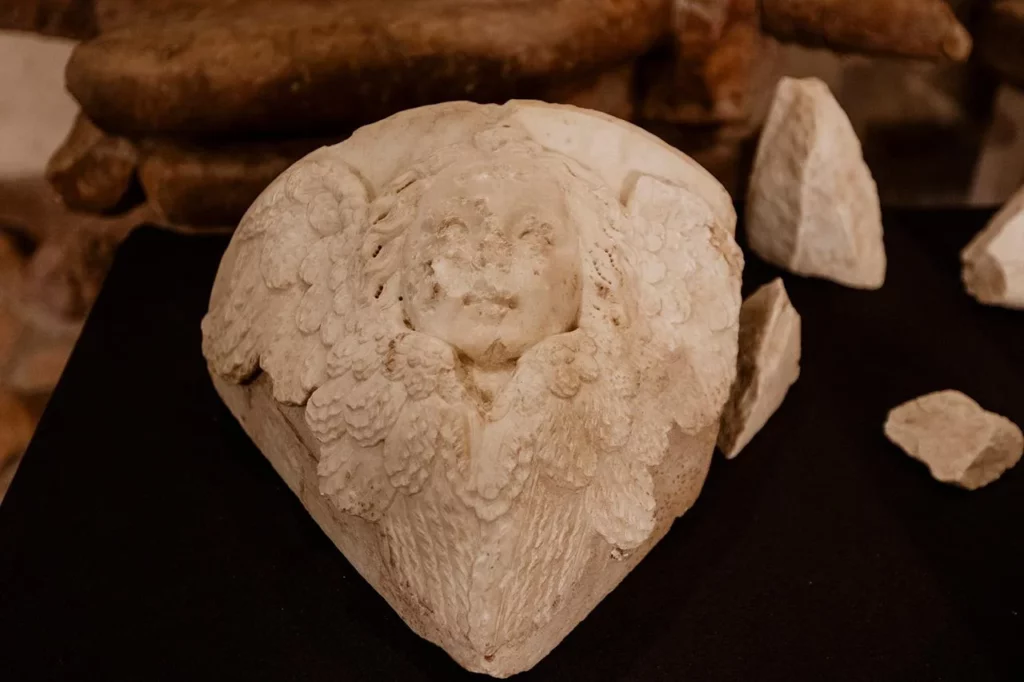Nestled along the picturesque banks of the Danube River, the historic town of Visegrád in Hungary has long been a hub of cultural and architectural significance. Recently, a remarkable discovery has shed new light on the town’s illustrious past, revealing exquisite Renaissance-era artworks that once adorned the royal palace and its surrounding complexes. At the heart of this discovery are a pair of cherub heads, carved with stunning detail and believed to be the work of the renowned Italian sculptor Benedetto da Maiano.
This blog post will delve into the captivating story behind these cherubs, exploring the life and artistic legacy of Benedetto da Maiano, the historical significance of the Visegrád discoveries, and the ongoing efforts to preserve and showcase these remarkable treasures.
The Maestro of the Renaissance: Benedetto da Maiano
Born in 1442 in the Tuscan town of Maiano, Benedetto da Maiano rose to become one of the most celebrated sculptors of the Italian Renaissance. His mastery of both wood and marble carving earned him commissions from the highest echelons of European royalty, including the esteemed King Matthias Corvinus of Hungary.
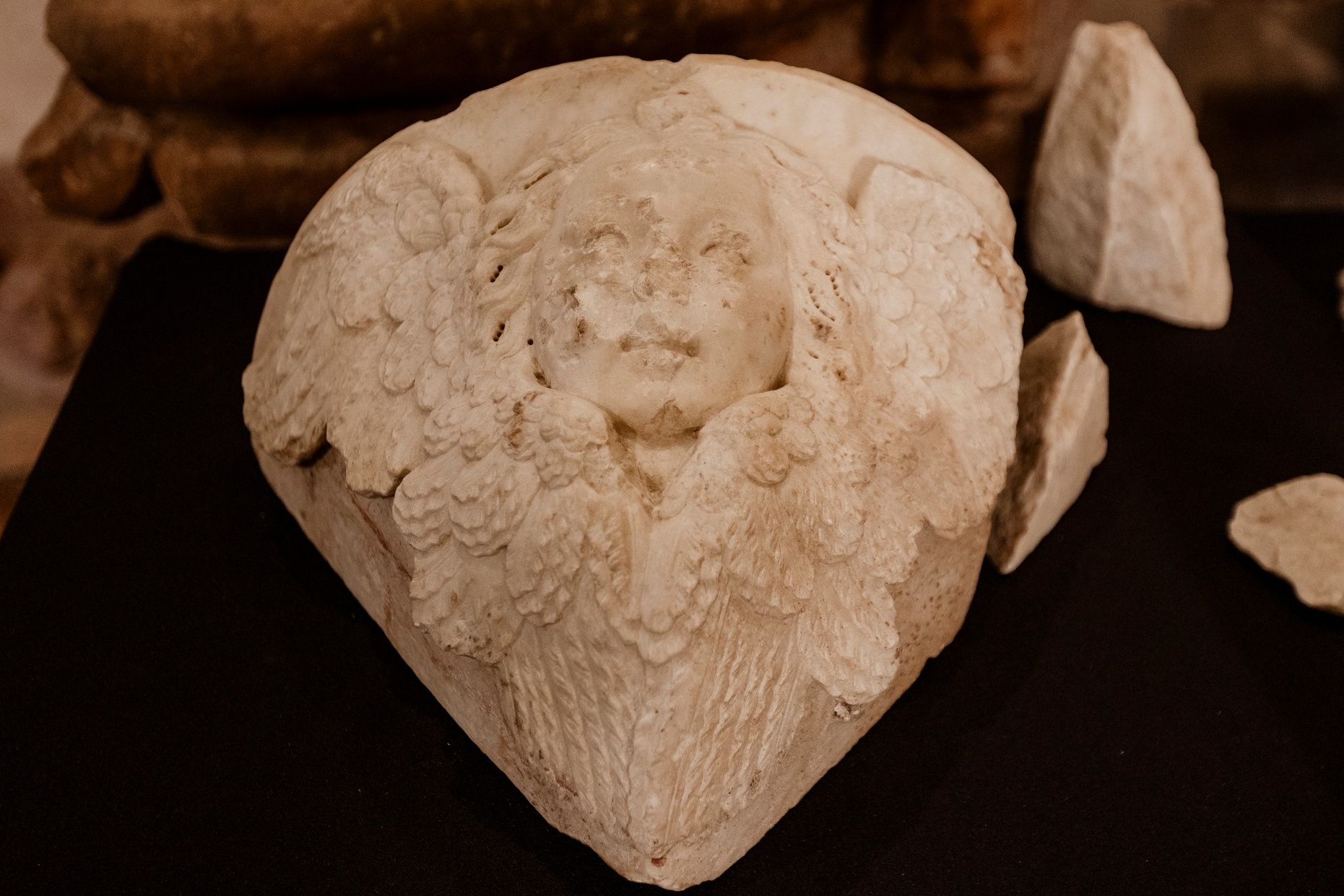
Benedetto’s early career was marked by his exceptional skill in the art of intarsia, the intricate technique of wood inlay. His work on the marble pulpit in the Santa Croce in Florence and the shrine dedicated to San Savino in the cathedral of Faenza showcased his ability to breathe life into his creations, imbuing them with a sense of movement and emotion.
However, a pivotal moment in Benedetto’s career came when he encountered a setback during a sea voyage, where his delicate inlaid coffers were damaged. This incident prompted him to shift his focus toward the more durable medium of marble, a decision that would ultimately cement his legacy as one of the leading sculptors of the Renaissance.
The Discovery at Visegrád Castle
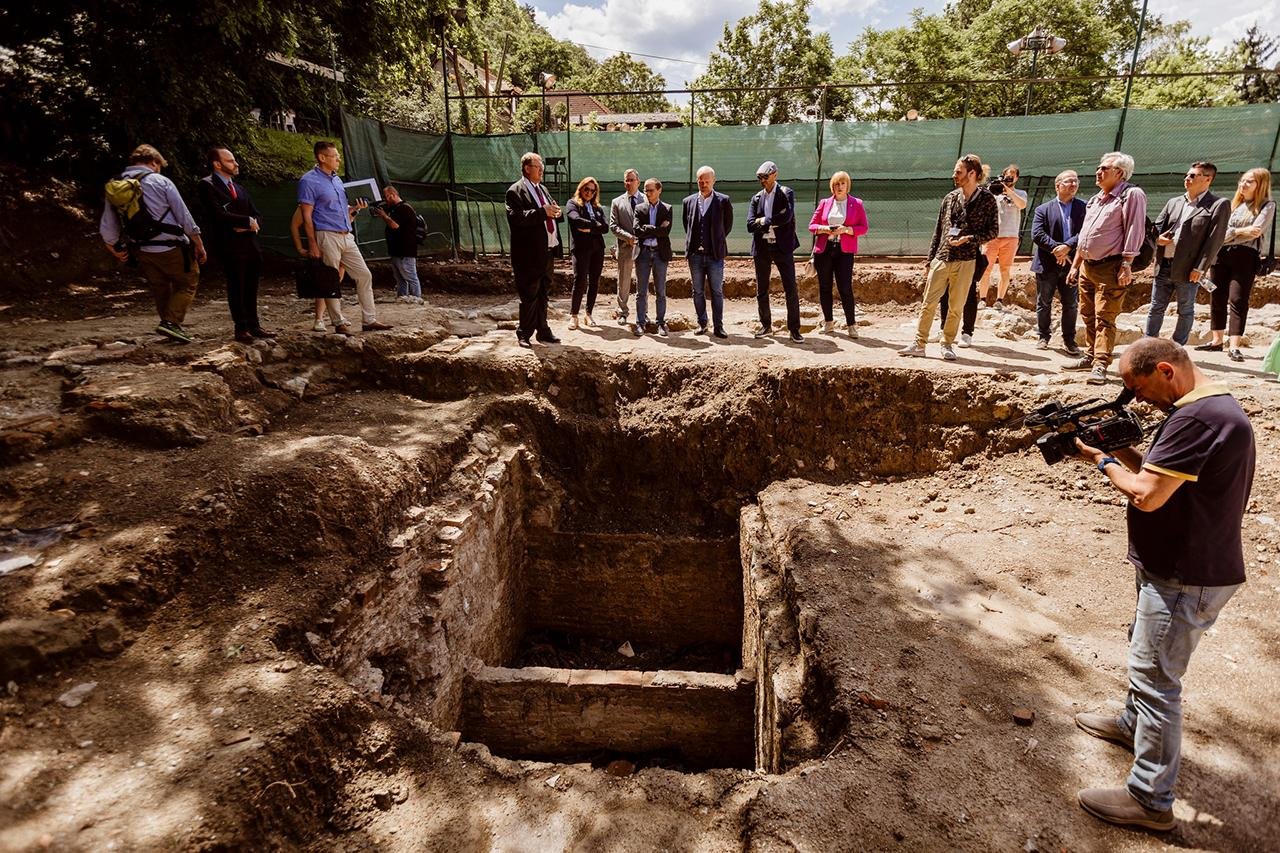
The recent excavations near the Franciscan monastery adjacent to the Visegrád royal palace have unearthed a remarkable treasure trove – a pair of cherub heads with angelic wings, believed to have been part of an altar created by the master sculptor Benedetto da Maiano.
These exquisitely carved artifacts, dating back to the 15th century, have been hailed as a significant discovery, shedding new light on the artistic patronage of King Matthias Corvinus and the cultural exchange between Italy and Hungary during the Renaissance era.
The authenticity of these cherubs has been confirmed by Professor Francesco Caglioti from the University of Pisa, a renowned expert on Benedetto da Maiano’s work. Caglioti noted that the distinctive features of the excavated carvings, such as the detailed feathers, hair, facial expressions, and drapery, are characteristic of Benedetto’s mature artistic style.
The Visegrád Renaissance and King Matthias’s Cultural Vision
The discovery of the Benedetto da Maiano cherubs holds immense historical significance, as it underscores King Matthias Corvinus’s ambitious vision to position Hungary as a hub of Renaissance art and culture. Ruling Hungary from 1458 to 1490, Matthias was a patron of the arts, commissioning works from leading Italian artists and scholars to adorn his royal residences and court.
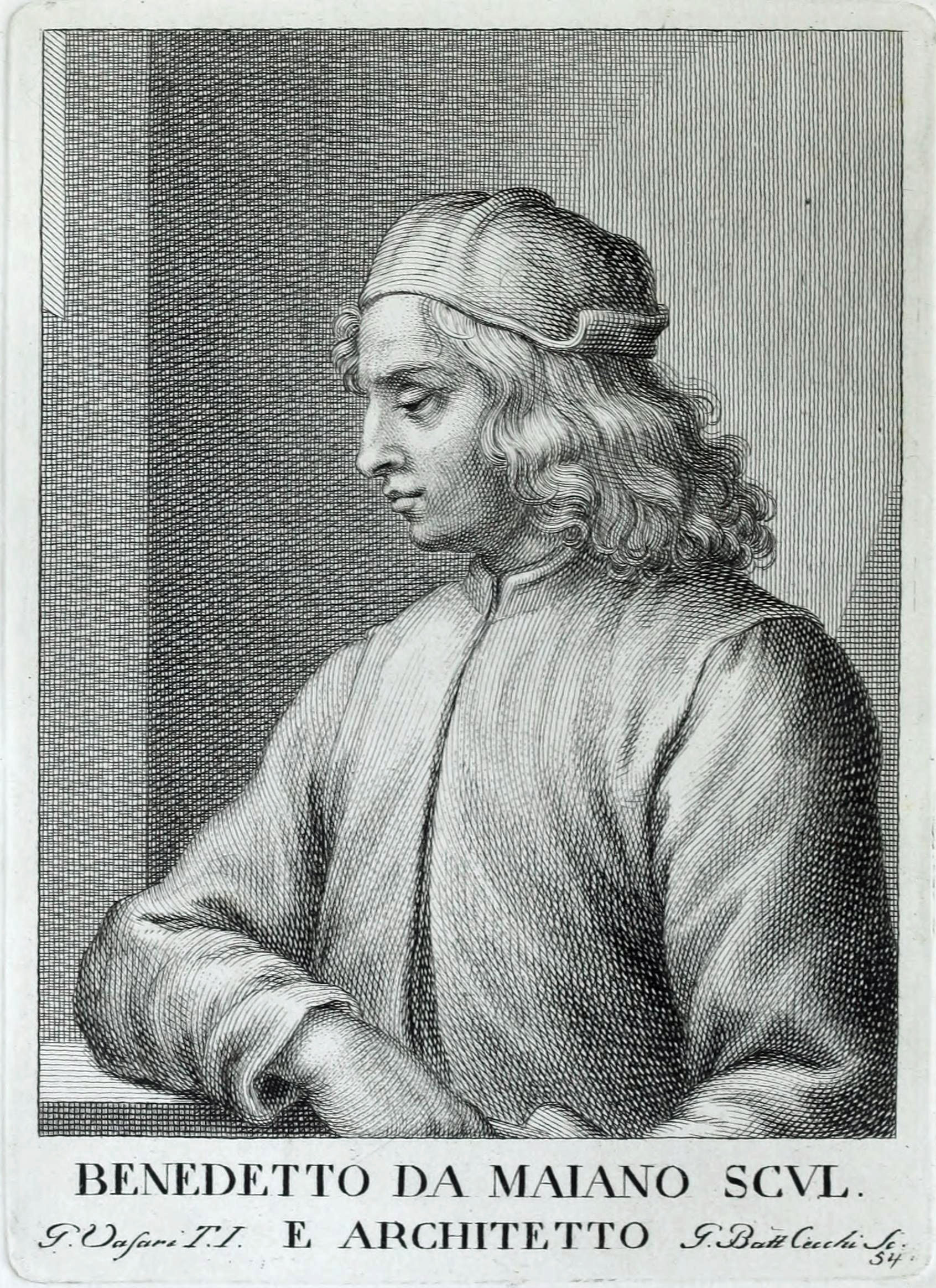
One of Benedetto da Maiano’s most notable commissions from King Matthias was the creation of matching marble relief portraits of the king and his second wife, Beatrice of Aragon, in 1476. These portraits are now recognized as pivotal transitional pieces in the evolution of Renaissance art, showcasing the seamless integration of Italian and Hungarian artistic traditions.
The excavations at Visegrád have also revealed the remains of three individuals, likely monks, who perished during the 1540 siege by King Ferdinand’s forces. This tragic event, part of a larger conflict involving the Ottoman Empire, led to the abandonment of the Franciscan monastery and the concealment of these remains beneath the collapsing sanctuary vault.
The Visegrád Renaissance Development Program
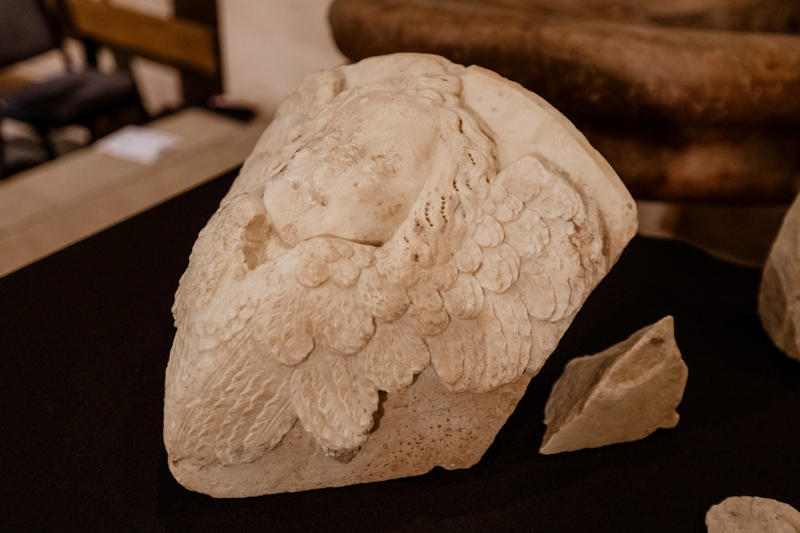
In 2021, the Visegrád Renaissance Development Program was launched, a comprehensive initiative aimed at restoring the castle and palace complex to their former glory from the Matthias era. This ambitious project includes extensive archaeological excavations to uncover previously unexplored parts of the medieval site, with the goal of shedding new light on the region’s rich history and artistic heritage.
Gergely Fodor, the government commissioner responsible for the renovation of the Budavár Palace Quarter and the monuments complex in Visegrád, has announced that the public will soon be able to view the discovered artifacts, including the cherubs, once the excavations are completed. This initiative promises to offer invaluable insights into the cultural and artistic legacy of Visegrád, allowing visitors to step back in time and immerse themselves in the splendor of the Hungarian Renaissance.
Conclusion
The discovery of the Benedetto da Maiano cherubs at Visegrád Castle is a testament to the enduring legacy of the Italian Renaissance and its profound influence on the cultural landscape of Hungary. These exquisitely carved artifacts not only showcase the artistic brilliance of Benedetto da Maiano but also shed light on the ambitious vision of King Matthias Corvinus to transform his kingdom into a bastion of Renaissance art and scholarship.
As the Visegrád Renaissance Development Program continues to uncover the hidden treasures of this historic site, the world can look forward to a deeper understanding of the rich cultural exchange and artistic achievements that once flourished in this enchanting corner of Europe. The cherubs, and the stories they hold, serve as a poignant reminder of the power of art to transcend borders and connect diverse cultures, leaving an indelible mark on the collective human experience.
